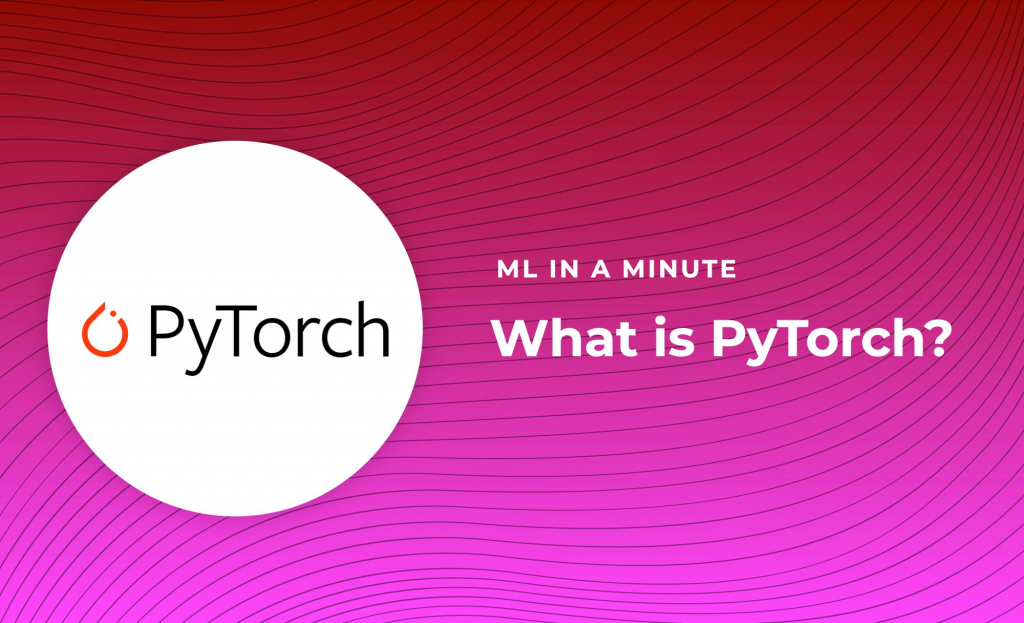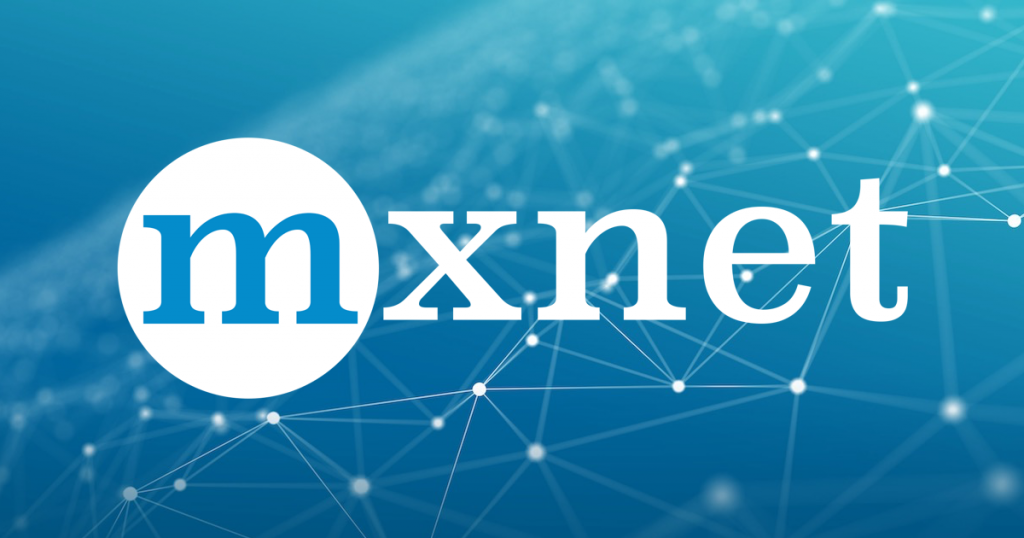
Are you interested in deep learning? Do you want to know more about the various frameworks available to help you with your projects? Look no further! In this article, we’ll be covering some of the top deep learning frameworks, their features, and what makes them stand out from the rest. So, let’s get started!
TensorFlow
TensorFlow is a popular open-source framework developed by Google Brain Team. It’s known for its ease of use and flexibility, making it a great choice for beginners and experts alike. With TensorFlow, you can build and train various types of neural networks, including convolutional neural networks (CNNs), recurrent neural networks (RNNs), and more. It’s compatible with multiple programming languages, including Python, C++, and Java, making it accessible for developers of all levels.
PyTorch

PyTorch is another open-source framework that has gained popularity in recent years. Developed by Facebook’s AI research team, it’s known for its dynamic computational graph, which allows for more flexibility in model building. It’s also compatible with Python, making it easy to integrate into existing workflows. PyTorch has a large community of developers contributing to its ecosystem, which means you can find plenty of resources and support when working with it.
Keras
Keras is a high-level neural network API written in Python that’s designed to be user-friendly and modular. It’s built on top of TensorFlow and allows for rapid prototyping of deep learning models. Keras provides a simple interface for building and testing neural networks, making it a great choice for beginners. It’s also flexible enough to handle more complex projects, making it a popular choice among experts as well.
Caffe

Caffe is a deep learning framework developed by Berkeley AI Research (BAIR). It’s known for its speed and efficiency, making it a popular choice for large-scale image and video recognition tasks. Caffe is written in C++, making it fast and efficient, but it also has Python and MATLAB interfaces for ease of use. While it may not be as flexible as some other frameworks, it’s an excellent choice for tasks that require speed and efficiency.
Theano
Theano is a deep learning framework that’s been around for quite some time. Developed by the Montreal Institute for Learning Algorithms (MILA), it’s known for its efficiency and flexibility. Theano allows you to build and train various types of neural networks, including convolutional neural networks and recurrent neural networks. It’s compatible with Python, making it easy to integrate into existing workflows. While it may not be as popular as some other frameworks, it’s still a great choice for those looking for flexibility and efficiency.
MXNet

MXNet is another open-source deep learning framework that’s gained popularity in recent years. Developed by Amazon Web Services (AWS), it’s known for its scalability and speed. MXNet allows you to build and train various types of neural networks, including convolutional neural networks and recurrent neural networks. It’s compatible with multiple programming languages, including Python, C++, and Julia, making it accessible for developers of all levels.
Conclusion
In conclusion, there are plenty of deep learning frameworks available to choose from. Each framework has its unique features and benefits, making it important to choose the one that’s best suited for your project. Whether you’re a beginner or an expert, there’s a framework out there that can help you achieve your deep learning goals. So, start exploring these frameworks and see which one works best for you!
- Degree Pursuit: Navigating the Path to Educational Excellence - July 4, 2024
- Why Is Studying English Important in a Business Environment? - July 4, 2024
- Top 10 Data Science Skills You Need in 2024 - July 3, 2024

